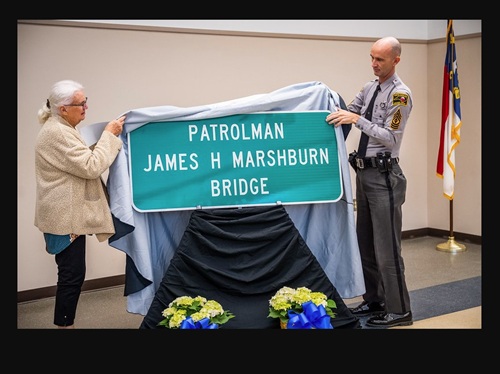The Oregon Department of Transportation released its 2018 Traffic Performance Report for the Portland area on March 4, which indicates that hours of congestion are up 13 percent since 2015, with the daily cost of congestion in Portland now stands at $2 million.
[Above photo by Oregon DOT.]
The agency said in its report that Portland’s rising traffic congestion can be attributed to several causes: rapid population growth, job growth, and a jump in the number of cars and trucks – all while certain portions of the transportation system are becoming more “clogged” due to higher volumes of merging traffic and older roadway designs.
To combat those issues, the Oregon DOT is focusing on four main strategies that are outgrowths of the Keep Oregon Moving transportation investment package approved by the Oregon Legislature in 2017. [The agency also created what it calls an “easy-to-watch” video series about Portland’s traffic congestion problems and solutions as well.]
- Auxiliary Lanes: One of the big causes of congestion is when cars and trucks merge onto the freeway, but then get off after one or two exits. The Oregon DOT said it is in the process of creating auxiliary lanes at many bottlenecks. An auxiliary lane allows vehicles to use the freeway for a brief period before exiting, without having to weave in and out of traffic. For example, a new auxiliary lane on I-5 from 217 to 205 reduced congestion in the area from five hours to one and the agency said it is planning for more auxiliary lanes for I-205, along with new lanes on 217 both north and southbound.
- Real Time Traffic Advisories: When traffic slows, speed advisory signs advise a reduced speed to keep things flowing smoother and help avoid crashes from traffic stopped ahead. Big “reader boards” also provide travel time updates to help motorists make smarter decisions about route selection. Soon, cars that “listen” to traffic lights, ramp meters smoothing traffic, dynamic adaptive traffic signals that respond in real-time to traffic volumes, will enhance such “real time” adjustment efforts.
- More Transit Options: The Oregon DOT is working with transit providers with almost $100 million in extra funding per year to help TriMet and others around Oregon expand their services. The state is also spending $22 million for improvements to sidewalks, bike lanes and cross walks across the state to make routes to school safer so more kids can walk or ride their bikes.
- Tolling: The Federal Highway Administration recently provided guidance to the Oregon DOT for sections of Interstate 5 and Interstate 205 in order to manage traffic congestion and generate revenue for roadway improvements. In its letter, FHWA noted that while additional project detail is needed prior to final approval, both projects are “likely eligible” under the agency’s Value Pricing Pilot Program.
 States
States
NCDOT Project Aims to Honor Fallen State Troopers
September 12, 2025 States
States

